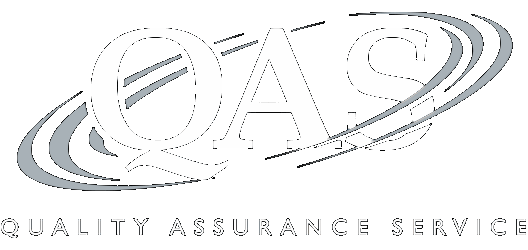Preparing Form 7203: Calculating S Corporation Shareholders' Stock and Debt Basis
Utilizing Prior Suspended Losses, Taxing Loan Repayments, Reconstructing Basis
Note: CLE credit is not offered on this program
Recording of a 110-minute CPE webinar with Q&A
This course will provide hands-on examples of reporting S corporation basis calculations on Form 7203, S Corporation Shareholder Stock and Debt Basis Limitations, including reporting loan repayments, stock blocks, and utilization of prior years' suspended losses. Our panel of flow-through veterans will offer tips for easing the reconstruction of beginning basis and best practices for tracking shareholders' basis.
Outline
- Form 7203: background
- Filing requirements
- Preparing the form
- Part I – Stock Basis
- Part II – Debt Basis
- Part III - Shareholder Allowable Loss and Deduction Items
- Calculations and examples
- Loan repayments
- Utilizing prior years' suspended losses
- Other examples
- Reconstructing basis
- Best practices
Benefits
The panel will cover these and other critical issues:
- When are loan repayments treated as ordinary vs. capital income?
- Potential differences between the IRS' Form 7203 instructions and the Code
- How to report the utilization of prior year losses on Form 7203
- Using stock blocks to minimize shareholders' tax
- Differences between formal and open notes
Faculty

Professor Robert W. Jamison, CPA
Professor Emeritus of Accounting
Indiana University
Mr. Jamison is Professor Emeritus of Accounting at Indiana University, Purdue University, Indianapolis (IUPUI). His... | Read More
Mr. Jamison is Professor Emeritus of Accounting at Indiana University, Purdue University, Indianapolis (IUPUI). His principal area of specialization is S Corporations. He is the sole author of S Corporation Taxation, and co-author of Multistate Tax Guide to Pass-Through Entities, both of which are published annually by CCH, a Wolters Kluwer business. He is a regular contributor to Land Grant University Tax Education Foundation, Inc. National Income Tax Workbook and has contributed to Federal Tax Workshop. He presents advanced and update S Corporation seminars for various states' CPA societies and to other professional organizations. He is a member of the AICPA S Corporation Technical Resource Panel. He consults on S corporation and other business entity problems and has secured letter rulings from the IRS.
Close
Kevin J. Walsh, CPA, CGMA
Director/Vice-President
Walsh, Kelliher & Sharp, CPAs
Mr. Walsh special interest is in advising the owners of closely-held businesses. This interest has led to experience... | Read More
Mr. Walsh special interest is in advising the owners of closely-held businesses. This interest has led to experience and expertise in assisting closely-held business owners at every stage in the lifecycle of a business—from formation, strategic planning, expansion through acquisitions and mergers, as well as succession and transition planning, including business sales, redemptions and liquidations.
Close
